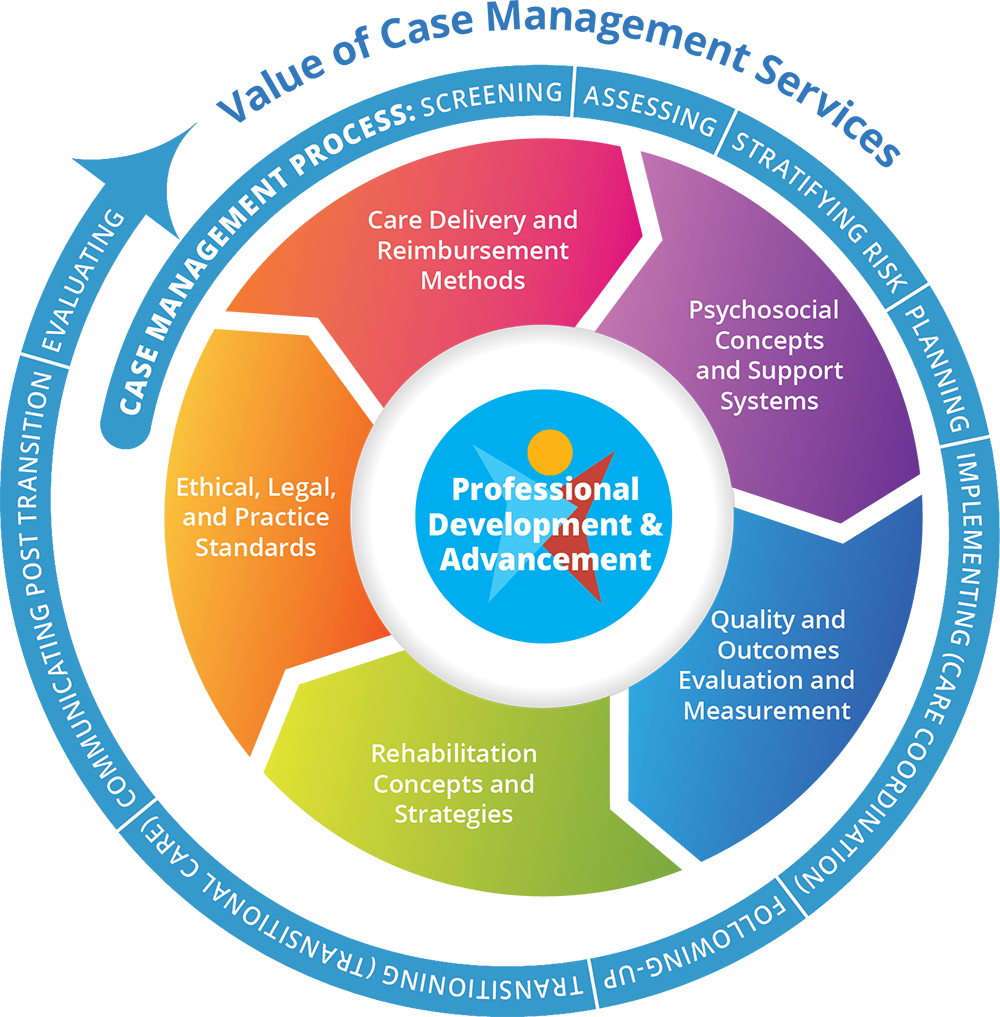Having a heart attack is a very scary experience. But although patients can’t change the past, you can help
change their future. A patient doesn’t need to face heart disease alone. Cardiac rehabilitation is a medically
supervised program that partners patients with physicians, nurses, pharmacists, family, and friends to take charge of a healthier lifestyle. Patients should also engage with a dietitian at the rehabilitation center to continue to develop healthy eating habits.
Making lifestyle changes
Cardiac rehabilitation provides 3 key elements:
- Physical activity training that teaches patients exercises designed to promote heart health
- Education to help manage risk factors, such as choosing healthy foods, quitting smoking, and heart-healthy living
- Counseling to identify and address everyday sources of stress that may contribute to a subsequent heart attack
Patient education
In cardiac rehabilitation, patients will learn about:
- How a heart condition will change their life
- Managing medications
- Consulting with medical professionals to set heart-healthy goals and create a cardiac rehabilitation planto meet them
Patient eligibility
Medicare and most other insurers provide reimbursement for all recommended conditions. Advise patients to speak with their health care professional to determine eligibility.
Heart conditions covered include:
- Heart attack
- Coronary artery disease (CAD)
- Angina
- A heart procedure or surgery
Getting started
The first step is to help patients determine their eligibility for cardiac rehabilitation. Then help your patients:
- There are many cardiac rehabilitation programs available to patients. Encourage them to take advantage of the support and register for a program.
- Cardiac rehabilitation requires a referral from a physician. Speak to your patients about contacting their health care professional to get started.
- If a patient can’t afford their copays, or does not have health insurance, patient assistance is available. Advise patients to speak with their health care professional about possible sources of fi nancial assistance.
- Set some heart-healthy goals and create a cardiac rehabilitation plan with consultation from a cardiac rehabilitation team.
- Get active in their rehabilitation plan.
- Emphasize the importance of staying on their medication regimen.
- Advise patients to call 911 if they experience new or worsening symptoms.

